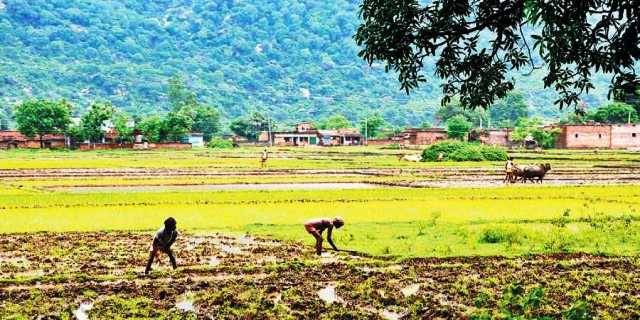
Climate change undoubtedly is threatening all of us, but one particularly susceptible group is the farmers or growers. Farming in India basically depends upon favourable climate conditions hence climate change-induced temperature increase can drastically harm farm productivity. As a result, a farmer’s ability to adapt to temperature changes is important.
Effect of climate change
Development Economists, Vis Taraz of Smith College in a new paper presented at the North East Universities Development Consortium has measured the effect of climate change on the Indian agriculture and also analyzed the capability of Indian farmers to adapt to changing temperature.
After combining the figures on agricultural yields from 286 districts in India from 1979 - 2011 with daily district-level weather data, Taraz showed that high temperatures damage farm yields very much. She unveiled that having 1 additional day where the temperature averages 27 to 30 degrees decreases yields by around 1 percent as compared to days having 12 to15 degrees temperatures.

Taraz also discovered that yield losses are about 50 percent lower in hot regions than cool regions, signifying that farmers in hotter areas are better at adjusting to temperature changes.
Moreover, there are two ways in which the farmers can become accustomed to temperature changes. Firstly, they can do intra-crop adaptation, wherein they adjust their agriculture practices to make their crops more heat-resistant. Secondly, they can follow inter-crop adaptation where they sow more heat-resistant crops like maize or sorghum, or switch to crops that grow in cooler parts of the year like wheat. Taraz has also found evidence of both the types of adaptation in India. But, this adjustment occurs only up to a certain extent.

When temperatures go above 30 degrees, they impose significant harm to the crops and here adaptation becomes very costly, even in regions that experience high temperatures regularly.
Taraz said the instant policy implication for the Indian government as well as private sector is - to execute the policies and develop the technology that enable farmers to better adjust to higher temperatures.















